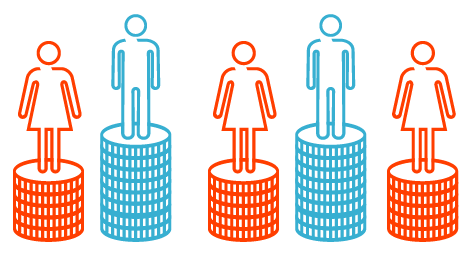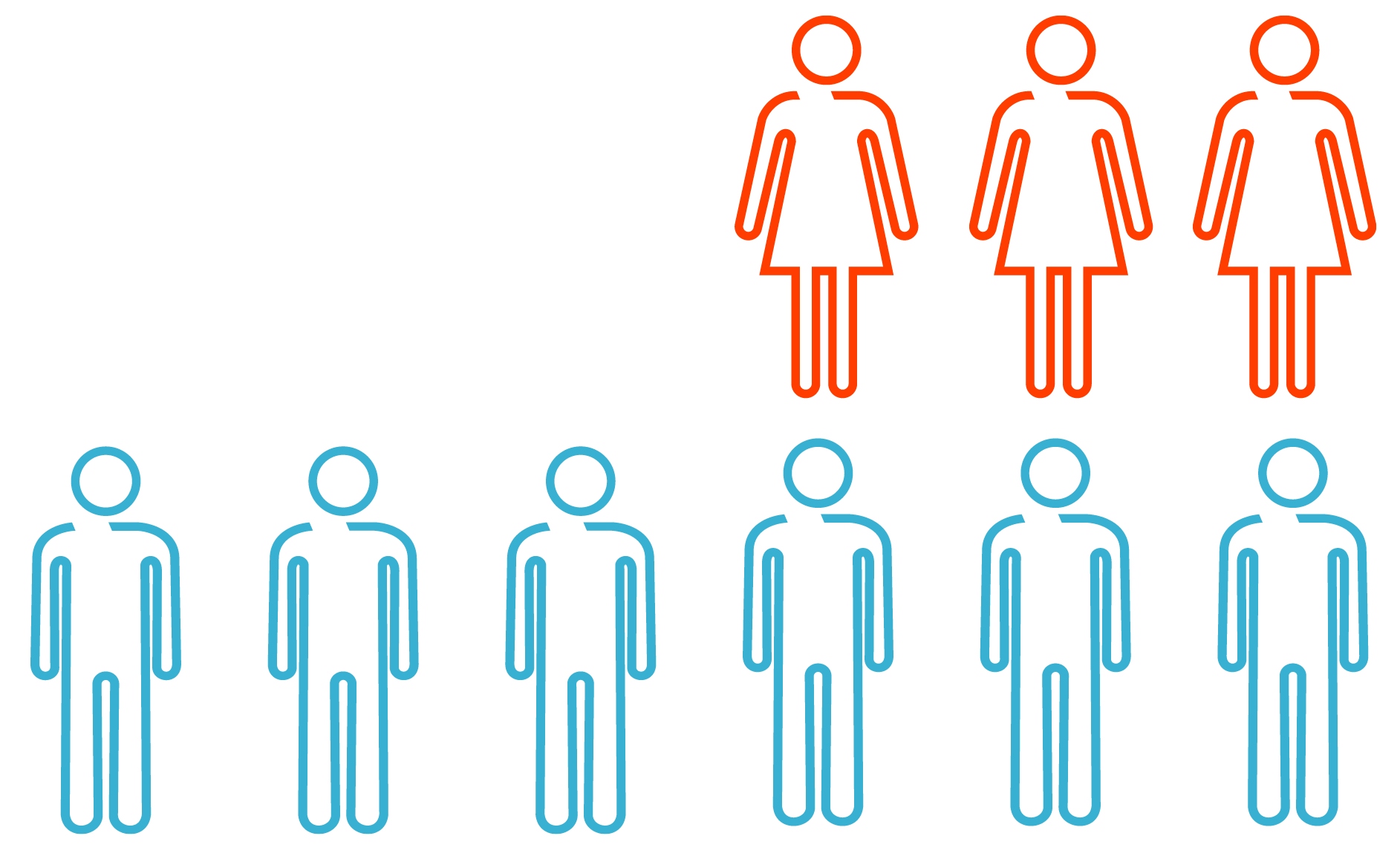Gender pay gap report 2024
Our commitment to gender diversity
The gender pay gap refers to the difference in average earnings between men and women. While this doesn’t mean women are paid less for doing the same job, the gap often exists due to a range of factors—such as part-time work, maternity leave, or, in our case, a gender imbalance in senior roles.
We’re committed to achieving gender balance at all levels of our organisation. Over the past year, we’ve made meaningful progress, but we recognise there’s still work to be done. That’s why we remain focused on improving the hiring, development, and retention of women to drive long-term change.
Our 2024 Gender Pay Gap Report is based on data collected as of 5 April 2024. It reflects our ongoing journey toward greater equity and inclusion.
As required by law we’ve reported the statutory data to the government on Nucleus only. However for the purpose of this report, we’ve included the combined group figures which includes the population from Curtis Banks and Suffolk Life, allowing us to provide a clear explanation of the figures and what we’re doing about them.

Closing the gap
Here’s some of the activity and commitments we’ve put in place over the last year to support greater gender diversity:
Our gender pay gap
We’re encouraged to see our gender pay gap continuing to narrow in certain areas, but the gap continues to be driven by a gender imbalance in our most senior roles – it doesn’t reflect unequal pay for work of equal value.



Explore the full report
The government’s mandatory gender pay gap reporting requirement is the disclosure of four prescribed statistics:
- Mean and median gender pay gap
- Mean and median bonus gap
- Proportion of women and men receiving a bonus
- Proportion of women and men by quartile pay band













